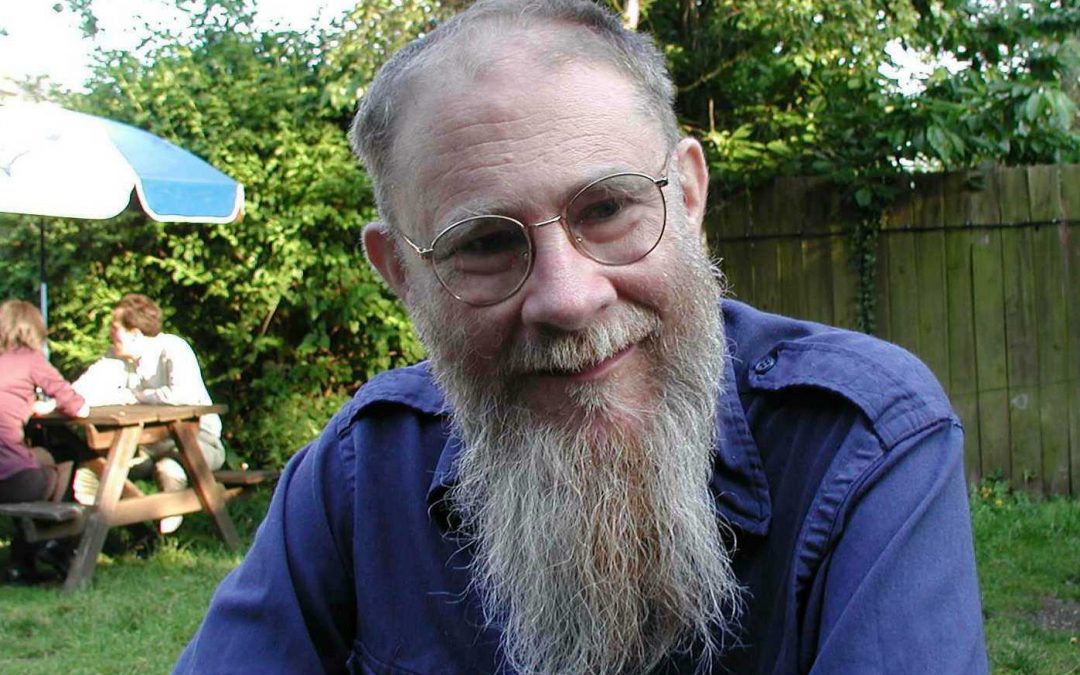It gives me great pleasure to announce that the Arts and Humanities Research Council has awarded us funding for our research project The Age of Metaphysical Revolution: David Lewis and His Place in the History of Analytic Philosophy. The project runs for three years, beginning September 2016 ending August 2019. Project team members are:
- Prof Helen Beebee (Principal Investigator)
- Prof Fraser MacBride (Co-Investigator)
- Dr Anthony Fisher (Postdoctoral Researcher)
- Dr Frederique Janssen-Lauret (Postdoctoral Researcher)
Here are our research questions:
- How did the Age of Metaphysical Revolution arise at the end of the twentieth century when mid-century it appeared metaphysics was finished as a respectable intellectual endeavour? What was David Lewis’ role in restoring the fortunes of metaphysics? What can philosophers and historians of philosophy learn from studying the David Lewis Papers, and from one another?
- How did the influences of Lewis’ teachers, including Goodman, Quine and D.C. Williams, shape his emerging philosophy and his conception of its methods? What can his student papers (contained within the David Lewis Papers) tell us about the formation of Lewis’ early metaphysics?
- How did Lewis’ philosophy evolve as a consequence of his forty years of correspondence (preserved in the David Lewis Papers) with many of the world’s leading philosophers, including Armstrong, Boolos, Field, Jackson, Kripke, Mellor, Plantinga, Putnam, Smart, van Fraassen, van Inwagen and hundreds of others? What light is shed upon the development of Lewis’ philosophy by considering his published work in relation to his correspondence?
- Lewis’ philosophy, as it emerged during the 1970s, was an attempt to get something out of (almost) nothing: to conjure up mental states, conventions, languages, unactualized possible individuals, sets and causes etc. despite the severe ontological and ideological austerity budget imposed by Goodman and Quine. How far did he succeed in doing so? Kripke is also credited with putting the metaphysics of modality back on the agenda. But Kripke was an essentialist who believed in transworld identity, building his case upon intuitive grounds, and an anti-realist about concrete possible worlds; Lewis was anti-essentialist, a defender of counterparts, and he built his case for realism about concrete possible worlds on systematic grounds, e.g. his theory of counterfactuals. It is a surprising fact that many metaphysicians appeal to both Kripke and Lewis to justify their approach to the subject. How could their conflicting methods both be the source of resurgent metaphysics in the twenty-first century?
- We also know that Lewis was persuaded by correspondence with Armstrong, during the 1980s, to embrace the distinction between natural and non-natural properties that Lewis had previously abjured under Goodman’s influence. By appealing to this distinction, Lewis sought to undermine Quine’s arguments for the indeterminacy of translation, Wittgenstein’s rule-following paradox as elaborated by Kripke, and Putnam’s model-theoretic argument against metaphysical realism. Lewis went on to apply this metaphysical distinction in his account of intrinsic properties, his theory of laws, his theory of mental and linguistic content, his theory of rationality. But can the distinction be truly drawn? And does it really do the work Lewis intended, let alone bear the heavy burden that twenty-first century metaphysicians have assigned to what they see as the successor notion of fundamentality? Did Lewis’ use of the natural/non-natural distinction really strike a telling blow for metaphysics against the anti-metaphysical opposition, i.e. Wittgensteinian quietism and Putnam’s internal realism? Can Lewis’ philosophy provide a credible answer to emerging views that take a less robust attitude to metaphysics, such as inferentialism, Carnap-inspired positions and neo-Fregeanism?
- What was Lewis’ metaphysical destination? How far had he travelled from his point of origin? What light can the correspondence and the fifteen unpublished papers (from the David Lewis Papers) written during his final years shed upon his mature philosophy? By 1986 Lewis was able to recognise with hindsight that his various theories had been driven by an underlying commitment to ‘Humean supervenience’, the doctrine that everything supervenes upon a vast mosaic of local matters of particular fact. Indeed much of his subsequent publications and correspondence were given over to explicit defence of the doctrine against its detractors. We can see with hindsight that this commitment was owed primarily to Quine (rather than a reading of Hume), who had proclaimed twenty-five years before Lewis that there are no necessary connections of matters of fact. In other respects Lewis not only followed along lines Quine had laid down, embracing structuralism about scientific knowledge, the doctrine he called “Ramseyan humility”, a doctrine that bears more than a passing resemblance to Quine’s doctrine of Inscrutability of Reference, but going further than Quine and embracing structuralism about mathematics, conceiving mathematics as “megethology”. Do these kinds of structuralism, which deny mathematical objects an intrinsic nature, or disavow knowledge of things-in-themselves, constitute a stable resting place for metaphysics?


